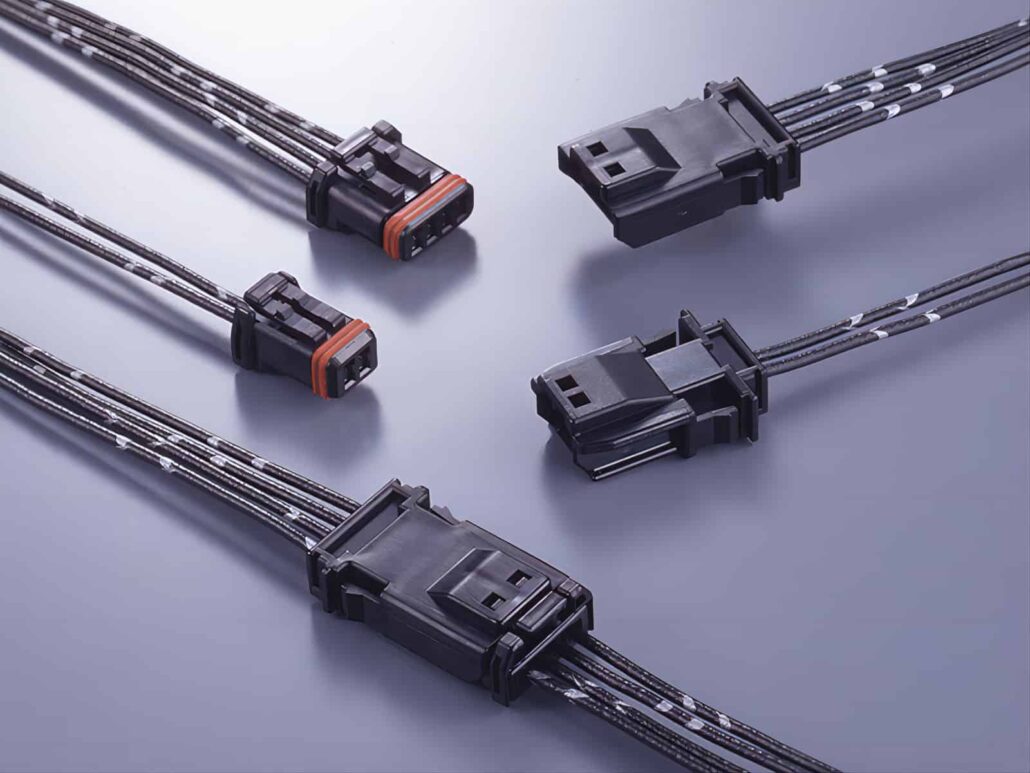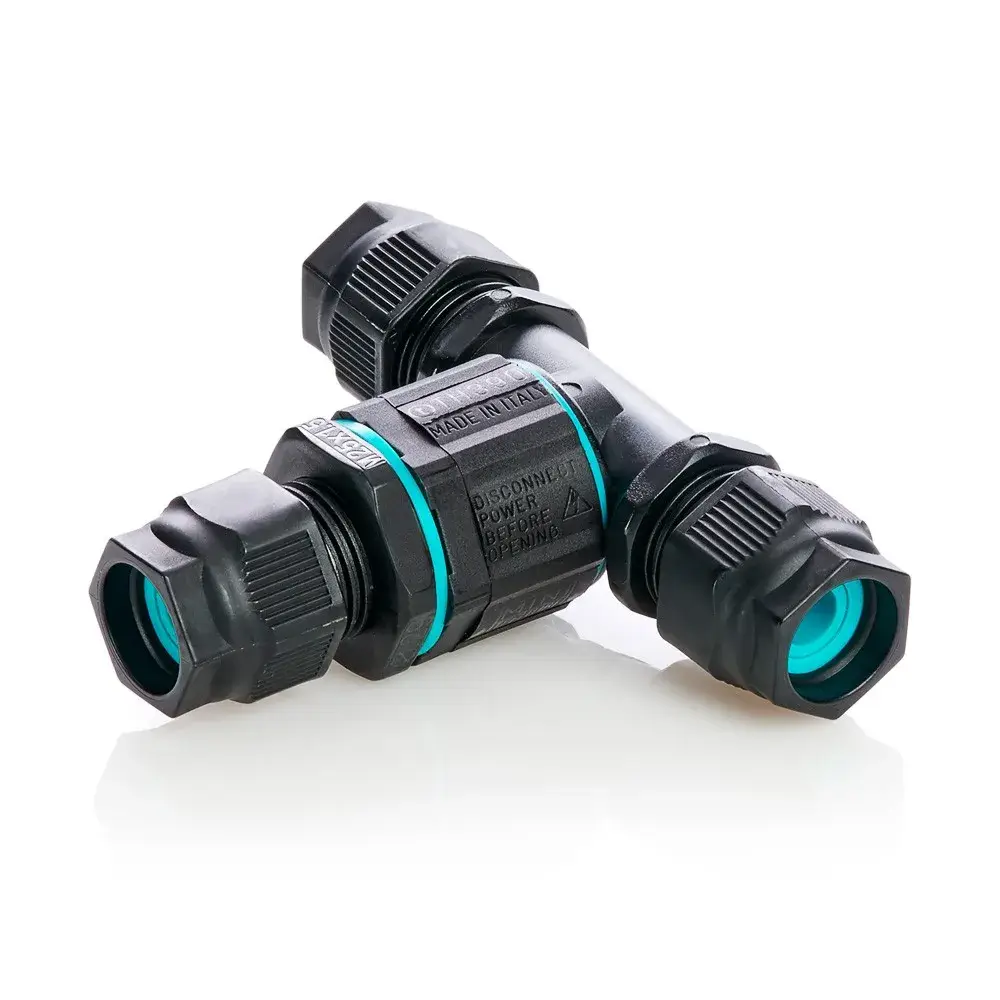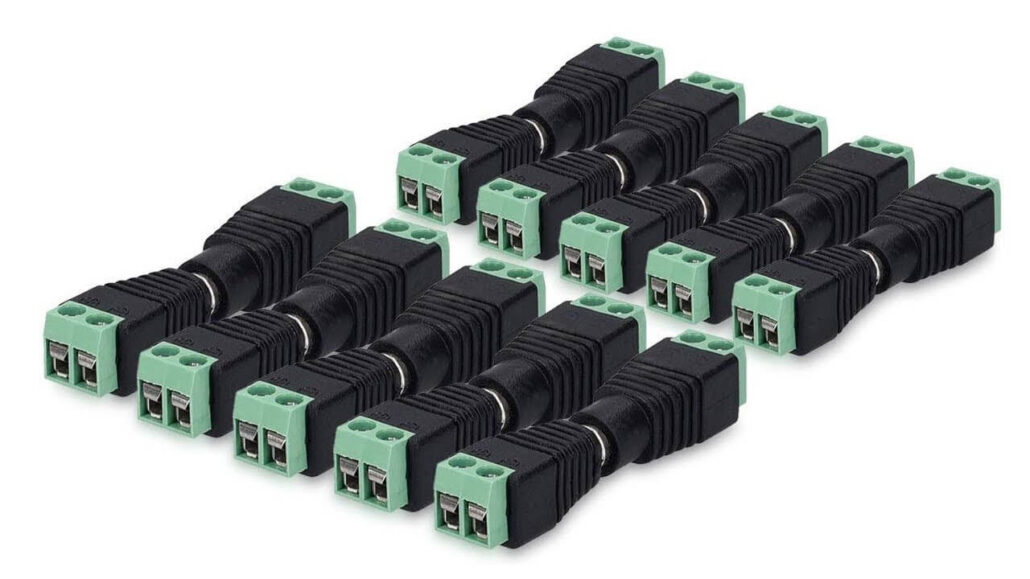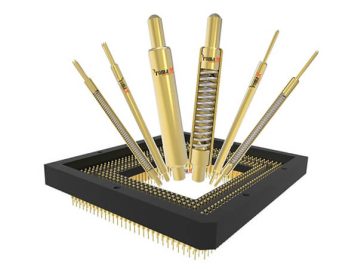Tired of fiddling with electrical connectors that just can’t handle the slightest contact with water? As a seasoned electrician or a passionate DIY enthusiast, you know waterproof connectors are a must-have to ensure the longevity and security of your electrical projects. But did you know that waterproof connectors have undergone a dramatic evolution since their advent?
This article will take a deep dive into the history of waterproof electrical connectors. We’ll explore the cutting-edge innovations that have revolutionized them over time. Also, let’s uncover the challenges engineers faced and the solutions they developed to create connectors that endure even the harshest environmental conditions. So, let’s explore the mesmerizing world of waterproof electrical connectors!
Early Waterproof Connectors Designs: A Look Back at History and Development
Back in the early 1900s, people wanted to keep water and dust away from electrical connections. So, they used rubber gaskets to seal the connections. This worked for a while, but the rubber gaskets had some problems. They could wear out, tear, and dry up over time.
As the technology evolved, engineers started using potting compounds, like epoxy resins, to protect electronic components from water and other bad stuff. Potting compounds were better than rubber gaskets because they were stronger and lasted longer. But they had to be applied very carefully and under the right conditions, or they wouldn’t work. In the 1960s, molded connectors became popular.
They were even better than potting compounds and rubber gaskets because they were fully sealed and protected. Molded connectors are made by pouring melted plastic around the electrical contacts to make a solid piece. This was great because it was resistant to water, dust, and movement. Plus, it was better at insulating electricity. The only downside was that making molded connectors was expensive and required special tools and machines.

Challenges Faced by Engineers During the Development of Early Waterproof Connectors
When engineers were developing early waterproof connectors, they faced many difficult challenges. One big challenge was ensuring the connectors could keep moisture and dust out. They also had to ensure the connectors wouldn’t corrode and that electricity could still flow through them.
On top of that, they had to ensure the connectors would work well in harsh situations, like in the military, marine, and aerospace industries. This was essential because if the connectors failed, it could have serious consequences. To solve these problems, engineers had to come up with new materials and ways of making and testing the connectors. This was because they could ensure the connectors were strong, long-lasting, and easy to use.
They had to think about how much it would cost to make the connectors, how well they would work, and how easy they would be to use. They also had to think about the different industries and situations where the connectors would be used and ensure they met all the requirements. It was a big challenge, but engineers worked hard to ensure the connectors were the best they could be.

Advances in Materials and Technologies: Revolutionizing Waterproof Connectors
In recent years, advances in materials and technologies have revolutionized the design, performance, and reliability of waterproof connectors. Let’s check them out:
The Role of New Materials in Waterproof Connectors
New materials have played a big part in making waterproof connectors better. These materials have allowed connectors to be used in more innovative ways, work better, and be easier to make. Some of the materials used in waterproof connectors are:
- Plastics are highly practical materials for crafting the external casing of connectors, commonly known as housing. Their lightweight, sturdy, and cost-effective properties make them ideal for it.
- Silicone can make seals and gaskets because it can bend without breaking, can work in hot or cold temperatures, and keep water out well.
- Polyurethane and epoxy can cover and protect the inside parts of connectors because they can keep out water, chemicals, and shaking.
- Thermoplastics and thermosets can make the connectors themselves because they are easy to make into different shapes and can be used with different materials to make one connector.
Evolution of Waterproof Electrical Connector Designs
Over the years, the designs of connectors have gotten better and there are now many types to choose from. Some of the most common types include:
- Multi-pin connectors are really helpful because they let you connect lots of electrical parts at once. Thus it saves time and reduces mistakes.
- Circular connectors are strong and often used in places like factories and the military where they need to send data quickly.
- Rectangular connectors are small and used in things like phones or cars.
- Board-to-board, wire-to-board, and wire-to-wire connectors are great because they make it easy to connect and disconnect electrical things.
- Finally, hermetic connectors are vital for things that need to be sealed up tightly, like in places where there is a lot of pressure or a vacuum.
Introduction of New Technologies in Waterproof Connectors
New technologies have made a big difference in making waterproof connectors work better and be easier to make. Some of the newest technologies used in waterproof connectors include:
- Nano-coatings are thin layers of special materials on the connectors to protect them from damage and help them work better.
- Laser welding is a way of joining metal parts of the connector that doesn’t use solder or glue. It is to make the connection stronger and more reliable.
- MIDs are special parts offering electrical and mechanical functions in one piece, which makes them easier to make and use.
- Overmolding is a way of putting a protective coating around the connector to keep it safe from things like water or dust.
- Finally, rapid prototyping and 3D printing are ways of developing new connectors fast and cheaply. It is great for making small numbers of custom connectors.

Improvements in Connector Performance and Reliability
Advances in materials and technologies have significantly enhanced connector performance and reliability. It Includes high IP ratings, increased durability, better electrical properties, higher speed, and lower power consumption.
- IP ratings show the level of protection against dust and water ingress. As such, higher IP ratings indicate better protection.
- Durability improvements include increased resistance to vibration, shock, and temperature fluctuations.
- Better electrical properties include higher bandwidth, lower insertion loss, and improved signal integrity.
- Higher speed and lower power consumption allow faster and more efficient data transfer. It also reduces energy consumption and extends battery life in portable devices.
Future Developments in Waterproof Connector Technology
Waterproof connectors are always getting better and better, thanks to new research and development. Scientists are working hard to make these connectors perform better and have more features. Here are some of the latest things they’re working on:
Nanotechnology
Nanotechnology is one area of research that’s being used to make waterproof connectors even stronger. Scientists can add really tiny particles called “nanoparticles” to the surface or coating of the connector. This makes it much harder for water and other liquids to get inside while still letting electricity flow through.
Biomimicry
Another area of research is called biomimicry. That means scientists are looking at how nature works and using it to make better waterproof connectors. They might study a plant or animal that’s really good at repelling water and then design a connector that works the same way. For example, a connector might be made to look like a lotus leaf, which is really good at staying dry even in wet conditions.
Flexible Electronics
Finally, there’s a new type of connector called “flexible electronics”. This connector can bend and flex, which makes it perfect for devices that move around a lot. Traditional connectors are stiff and can break easily if they’re bent too much. But these new connectors are designed to be more durable and reliable, even when they’re twisted or bent.

Conclusion
Water and electricity don’t mix well, but waterproof electrical connectors make it possible. Now we can use electrical devices in wet conditions. The development of waterproof electrical connectors shows how smart and determined engineers have been throughout history. They started with simple rubber gaskets and kept improving them with new materials and technologies.
Today, we have lots of different waterproof connectors to choose from, so we can find the right one for any electrical project. Whether you’re installing outdoor lights or working on a boat, there’s a waterproof connector that will work for you. So, when you’re working on an electrical project, choose a waterproof connector to keep your connections safe and reliable for a long time.
 Over 15 Years of Expertise
Over 15 Years of Expertise FREE samples provided to ensure product satisfaction
FREE samples provided to ensure product satisfaction Rapid Turnaround: Mass Production Complete in 15 - 20 Days
Rapid Turnaround: Mass Production Complete in 15 - 20 Days












